
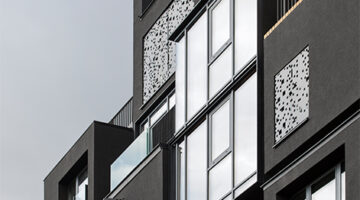
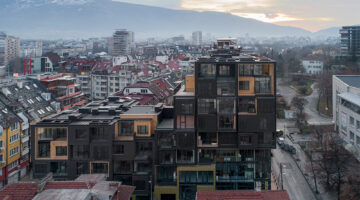
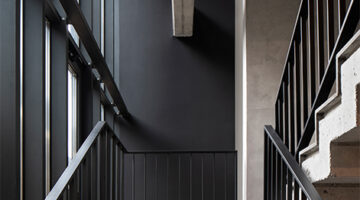

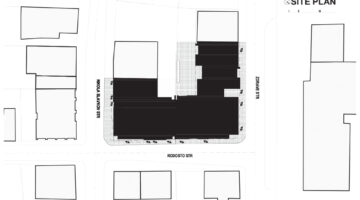
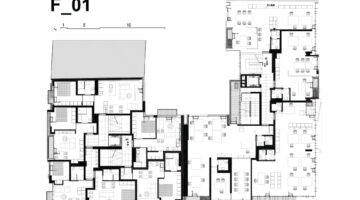


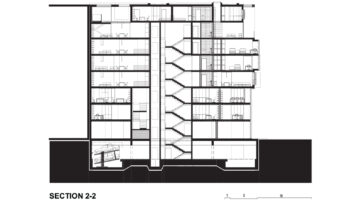
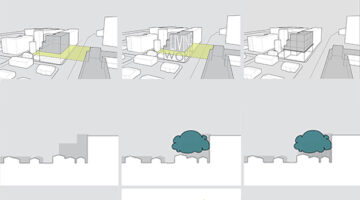
Zdrave Residential Building
Main objectives of the project
Zdrave Mix-Use Residential Building is situated in the city center in close proximity to the Medical Academy. The program is focused on accommodating student, professionals, and families.
Date
- 2019: Construction
Stakeholders
- Architect: Plamen Bratkov
- Architect: Rossitza Hristova Bratkova
Location
Country/Region: Bulgaria
Description
The building is located in close proximity to the city center and the Medical Academy. The neighborhood is comprised of the vanishing eclectic houses from the 20th century, the rigid socialist Modernist high-rise of the Medical Academy, and the kitschy, pseudo-contemporary housing blocks from the 2000's. The program is mixed, mainly residential however in order to respond to the specific needs of the place with some of the biggest national hospitals in the area the building accommodates medical practices in the first three levels, a coffee shop, the next several floors are smaller units designed for students, and the upper floors provide regular family apartments. After the first site was occupied the adjacent site was also acquired in order to continue the building and provide more student housing. The functional mix stemming from the specific locality becomes a social one as well, counteracting to the growing number of repetitive closed housing complexes in the periphery of the city.
The design aims at finding a middle ground, oscillating between the Modernist iterations across the street and the arbitrariness of the adjacent blocks. To break the monotony of the housing units perforated handmade aluminum panels are introduced as solar shading. Their pattern is in the smallest scale and corresponds to the pixelation of the entire residential façade which can be traced in the window openings up to the perforated roof, and finally in the four partite square units forming the largest grid of the façade. A visual distinction is sought between the public and the private in their different treatments, materials and scale. Both are horizontally separated by a thin goldish line that corresponds to the height of the lower hospital volume. The glazing below the line is subdivided by uneven verticals glazing. Their upper parts are goldish and popping out, the verticals are discretely outlining the silhouettes of the houses that existed on the plot preserving their memory.
The building is made up of black plastered walls, handmade aluminum panels, and goldish bricks. The structure is mainly reinforced concrete. Due to the small site of the building a regular construction with columns would have left little to no space for parking underground. In order to free the underground level for parking the structure features four pre-stressed beams for each building to carry the loads leaving open space for cars. In order to achieve a fully glazed façade on the ground floor I-beams paired with reinforced concrete were installed to have smaller column sections and attain the feeling of openness in the most public parts of the buildings.
